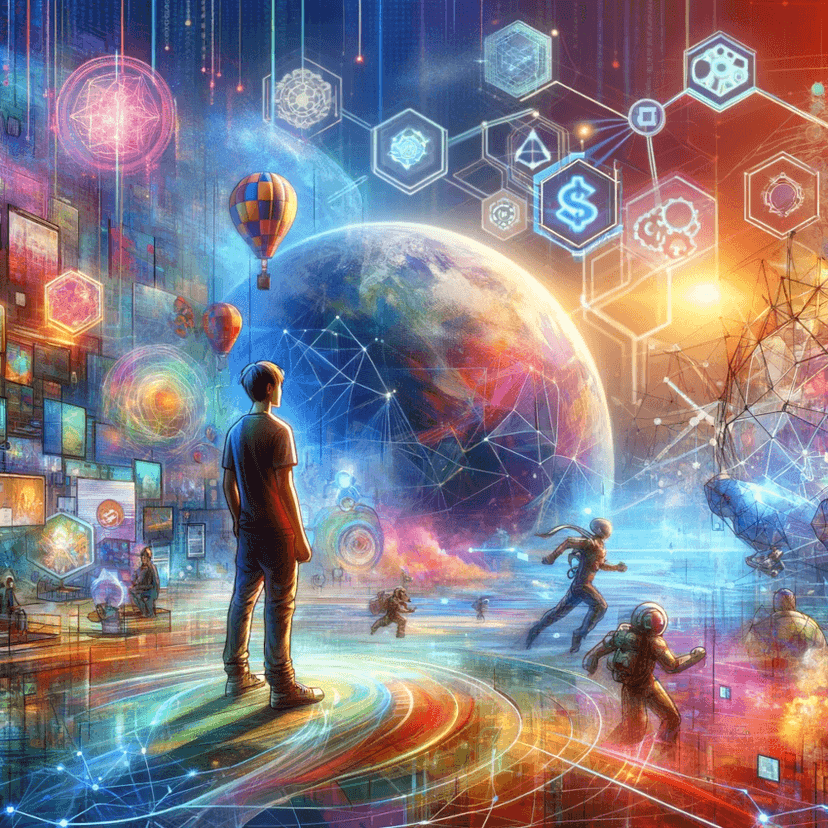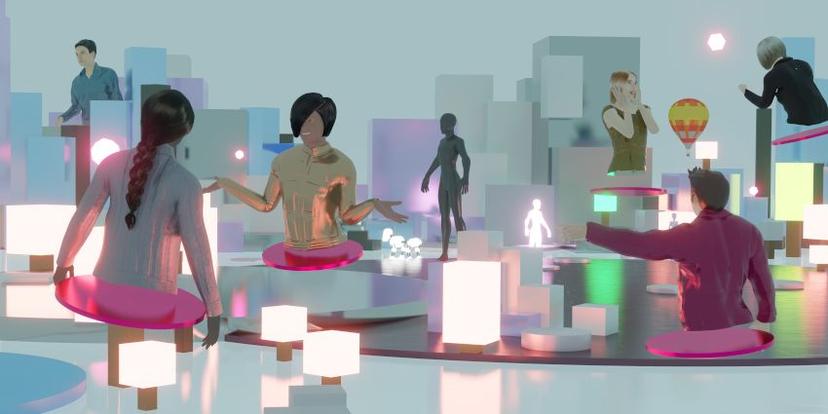Published February 15, 2023

Non-fungible tokens (NFTs) have been making waves in the world of digital art and collectibles, offering a new way for creators and collectors to monetize and showcase their work. With the rise of artificial intelligence (AI), the intersection of AI and NFTs has opened up a whole new world of possibilities. AI-generated NFTs have the potential to revolutionize the art world, allowing for the creation of unique, one-of-a-kind pieces that are impossible to replicate. However, this exciting new technology also comes with a set of challenges that must be addressed before it can fully take off. In this article, we'll take a deep dive into the world of AI NFTs, exploring the potential they hold, the challenges they face, and what the future may hold for this emerging market. Remote working
What are AI NFTs?
Before we dive into the excitement and challenges of AI NFTs, let's first define what we mean by the term. An NFT is a digital asset that represents ownership of a unique item or piece of content, such as a piece of artwork or a video clip. NFTs are stored on a blockchain, which allows for the secure transfer of ownership and ensures that the asset is truly one-of-a-kind.
AI-generated NFTs are created using artificial intelligence algorithms. These algorithms can be programmed to create unique pieces of art or other digital content, based on certain parameters or inputs. For example, an AI algorithm could be trained on a particular style of art, and then generate unique pieces in that style based on input from a user.
The potential of AI NFTs
The potential of AI NFTs is vast, and there are a number of reasons why this emerging market is so exciting.
The integration of NFTs and DAOs is transforming the way that organizations operate. By using NFTs to represent assets and ownership within a DAO, the organization can provide a secure and transparent way of tracking the ownership of assets. This has a number of benefits, including the ability to automate processes, such as the transfer of ownership, without the need for intermediaries.
Firstly, AI NFTs offer a new way for artists and creators to showcase their work. By using AI algorithms to create unique pieces of art, creators can offer something truly one-of-a-kind that cannot be replicated. This can make their work more valuable and desirable to collectors.
Secondly, AI NFTs have the potential to open up new markets for artists and creators. Because AI-generated pieces can be created relatively quickly and cheaply, they can be sold at lower price points, making them accessible to a wider audience. This could be particularly beneficial for emerging artists who may not have the resources or connections to break into the traditional art world.
Finally, AI NFTs have the potential to drive innovation in the art world. By using AI algorithms to create new and unique pieces, artists and creators can push the boundaries of what is possible and explore new styles and techniques. This can help to keep the art world fresh and exciting, and drive new trends and movements.
The challenges facing AI NFTs
While the potential of AI NFTs is vast, there are also a number of challenges that must be addressed in order for this emerging market to reach its full potential. One of the biggest challenges facing AI NFTs is the issue of copyright and ownership. Because AI algorithms can be programmed to generate unique pieces of art based on certain inputs, there is a risk that these inputs could be copied or stolen, leading to multiple "unique" pieces of art that are essentially identical. This could lead to legal disputes over ownership and copyright, and could damage the value and reputation of the AI NFT market as a whole.
Another challenge facing AI NFTs is the issue of authenticity. Because NFTs are stored on a blockchain, they are supposed to be secure and tamper-proof. However, there is a risk that AI algorithms could be used to create fake NFTs that appear to be unique, but are actually just copies of existing pieces. This could undermine the value and trustworthiness of the AI NFT market.
Final Words: AI could make NFTs much more accessible
In conclusion, the intersection of AI and NFTs is an exciting new market with vast potential, but also significant challenges that must be addressed. AI-generated NFTs offer a new way for artists and creators to showcase their work, open up new markets, and drive innovation in the art world. However, the challenges of copyright and ownership, as well as authenticity and trustworthiness, must be carefully navigated in order for the market to reach its full potential.
Despite these challenges, the potential of AI NFTs is too great to ignore. As technology continues to advance, it is likely that we will see new solutions and approaches to these challenges emerge. The AI NFT market is still in its infancy, but it has the potential to revolutionize the art world and change the way we think about digital ownership and creation. Only time will tell what the future holds for this exciting and dynamic market, but it is clear that the possibilities are endless



